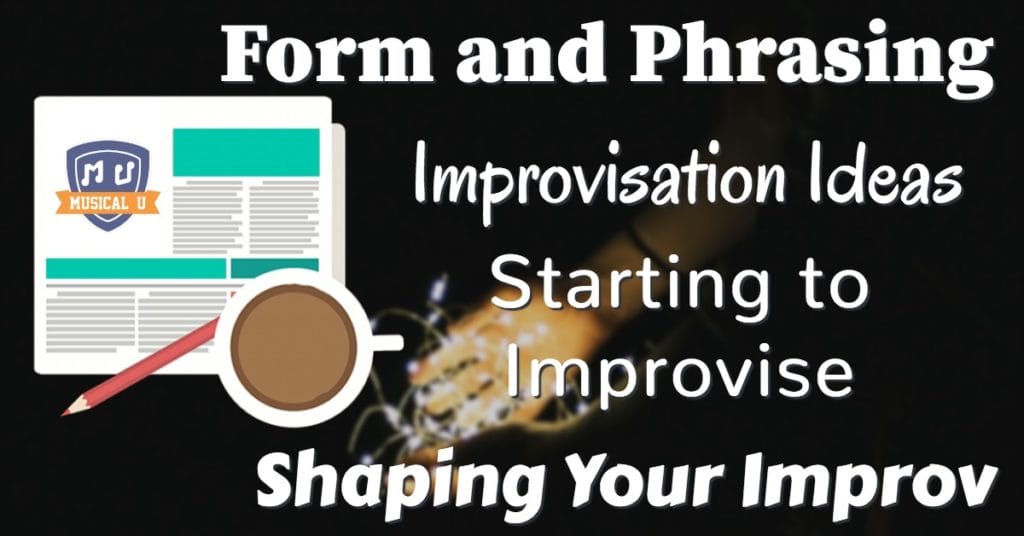In Improv Month thus far, we’ve been looking at different building blocks of music that you can use in your improv: chords, scales, rhythms, and harmonies.
This week, it’s time to put it all together and give it some structure.
We introduce our upcoming Instrument Packs for improvising with phrase and form, provide an exercise in structured major scale improv, interview a master guitar educator on his take on improvisation, and release a podcast episode that explains the importance of phrasing – by comparing it to the phrasing naturally present in speech!
Form and Phrasing
This month, we’ve been discussing how to improvise with purpose – that is, not just noodle around with random notes, but use musicality concepts to create riffs and licks that stick.
One of the keys to unlocking this musicality in improv is form and phrasing, or the practice of shaping your musical expression into words, phrases, questions, and answers. In other words, telling a story through your improv.
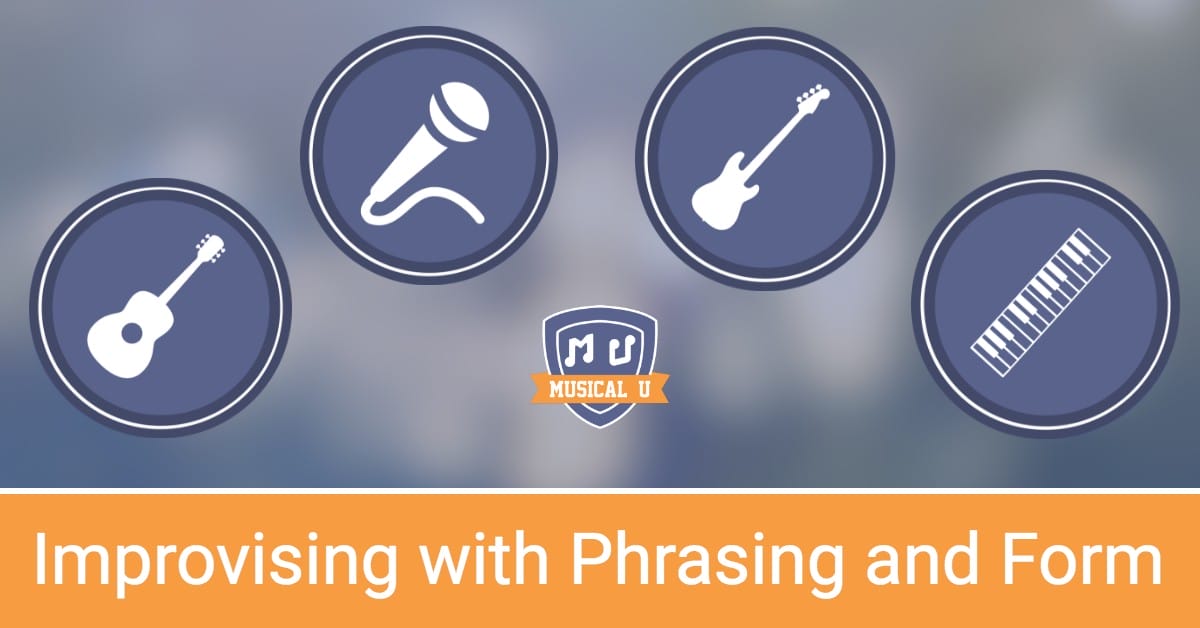 So this month, we’re incredibly excited to announce our Resource Packs on the topic of improvising with phrase and form. Our resident pros for piano, bass, and guitar teach you how to create cohesive improvised solos that fit any genre and style, how to expand a single musical idea (or even a single note!) into a full solo, and of course, how to elevate your improv from riffs and licks to full-fledged storytelling.
So this month, we’re incredibly excited to announce our Resource Packs on the topic of improvising with phrase and form. Our resident pros for piano, bass, and guitar teach you how to create cohesive improvised solos that fit any genre and style, how to expand a single musical idea (or even a single note!) into a full solo, and of course, how to elevate your improv from riffs and licks to full-fledged storytelling.
Improvisation is not just something that musicians do during a song… it can also be the path to writing a song! For generations, musicians have improvised their way to new compositions, allowing their muse to guide them along the way. Guitar.com takes us through Songwriting 101, detailing how the pros compose by improvising.
Of all the instruments, perhaps none is more universally known for improvisation than the saxophone. This month, we’ve been introducing some new words into your musical vocabulary that you may not have used before – to really cement your understanding, check out this guide to improv vocabulary from the Best Saxophone Website Ever.
Steve talked about how backing tracks are a great way to have fun while practicing improvisation. These days, there are so many different options available for backing tracks online – how are you to know which ones are good? Sean from Guitar Ramble compiled a list of 5 jazz guitar backing tracks to inspire your improvisations this month.
Improvisation Ideas
In improvisation, it’s easy to focus too much on your instrument and not enough on the musical ideas inside your head.
David Wallimann, founder of GuitarPlayback.com, music educator, and guitarist extraordinaire has the following counterintuitive-yet-brilliant advice to give: put the instrument down!
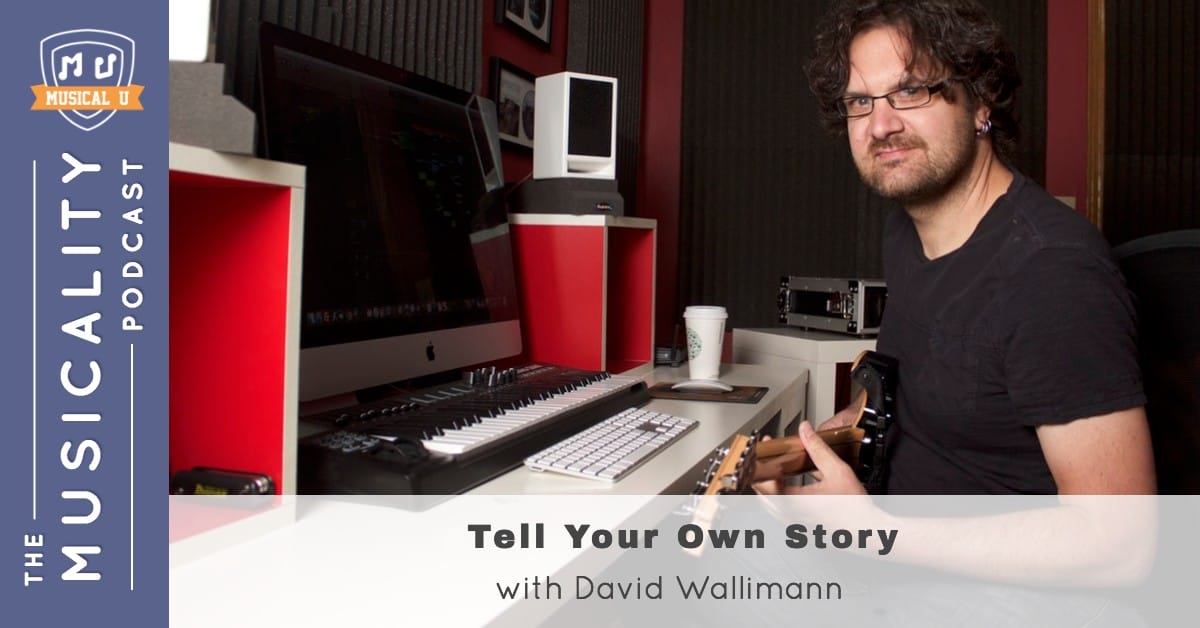 David’s fresh approach to improv emphasizes and prioritizes musical ideas, and recognizes music theory and instruments as simply a means to an end to express those ideas.
David’s fresh approach to improv emphasizes and prioritizes musical ideas, and recognizes music theory and instruments as simply a means to an end to express those ideas.
In Tell Your Own Story, with David Wallimann, David discusses how to break out of the improvise-by-numbers trap that many musicians fall into, shares the importance of music theory in improvisation, and spills the secret of putting self-expression at the center of your improvisation. This interview is an absolute must-hear for anyone seeking freedom through their improv!
David filled us in on how he broke free of the standard fretboard patterns for improvising music. The counterintuitive method that he talked about is certainly inspiring! For more tips to get started, check out Stuart Bahn’s ultimate guide to guitar improvisation..
Perhaps one of the most poisonous myths in the music world is that learning theory will somehow rob you of your creativity. That’s kind of like thinking that learning the difference between a noun and a verb is bad for a creative writer! Music theory has a place for all musicians that want to experience more freedom in their musical expression. The Struggling Guitarist exposes this music theory myth and why it is rubbish.
No matter where you are in your musical journey, there are roadblocks that you will run into, and frustrations that you will experience. One of the things that we loved about talking with David was his positive mindset to his musicality. This can make such a big difference as you work on perfecting your art! To help you get beyond what you think is possible, here’s some serious motivation from Keyboard Improv.
Starting to Improvise
This month’s content has been geared towards introducing you to improvisation tools and how to use them.
Time to put some of these to the test, by diving into some simple exercises in improvising with the major scale!
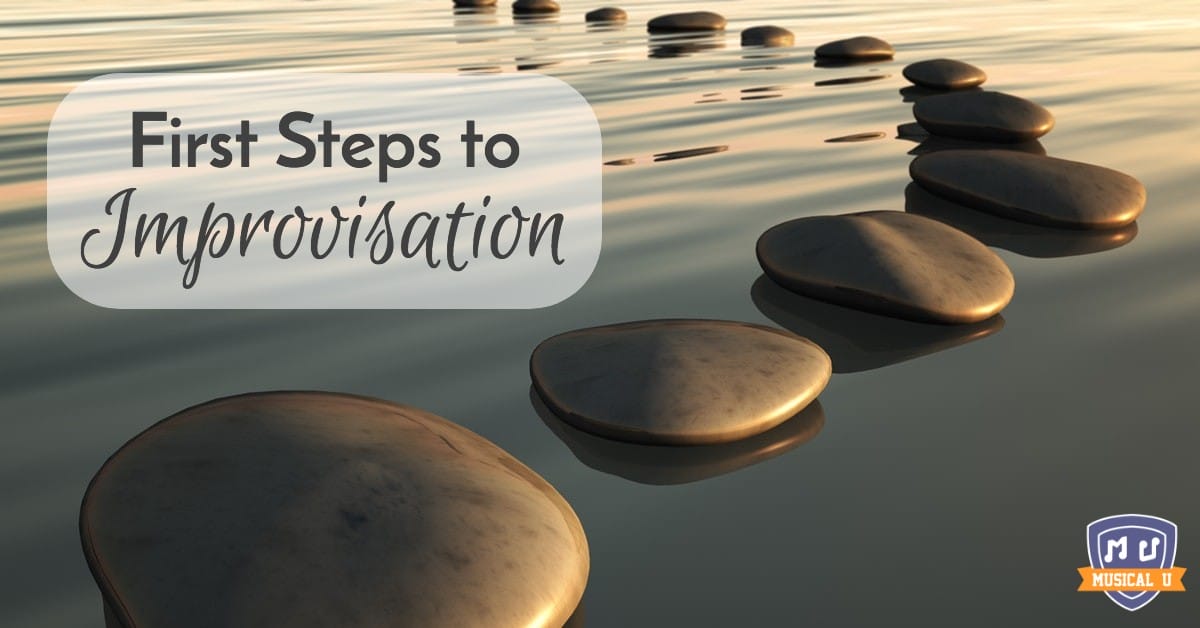 Whether you don’t know how to play the scale or can blaze through it with your eyes closed, you’ll find something helpful in First Steps to Improvisation. We run through some basic theory for scale-building, introduce the concept of building musical motifs from the major scale, and show you how to combine and manipulate motifs to make complete musical statements and tell a story in your improv.
Whether you don’t know how to play the scale or can blaze through it with your eyes closed, you’ll find something helpful in First Steps to Improvisation. We run through some basic theory for scale-building, introduce the concept of building musical motifs from the major scale, and show you how to combine and manipulate motifs to make complete musical statements and tell a story in your improv.
Scales are a great starting point in your improvisation journey. To learn more about how to apply scales into a chord progression and more, check out the Play Guitar Podcast’s exploration of how to really understand guitar scales.
Moving past just playing around with scales, a good piece of improvisation must tell a story, with the use of melodies and motifs. In the same way that certain words are better when starting a written sentence, there are ways to start a musical sentence that pack a punch. Tim Hansen explores four different ways to start a musical sentence for Soundly.
As you take these first steps, Nick from Jazz Duets has more practical ways to apply scales to your improvisation.
Shaping Your Improv
With the release of our Instrument Packs on improvising with phrase and form just around the corner, you’ll want to put yourself in the mindset to create music that sounds like a conversation.
In About Improvising with Structure and Phrasing, we define a musical phrase by relating it to its cousin: the verbal phrase. Just as a sentence is the first level of structure we give to our speech, the musical phrase is the basic unit of improv, lending it the shape it needs to avoid becoming a formless string of notes.
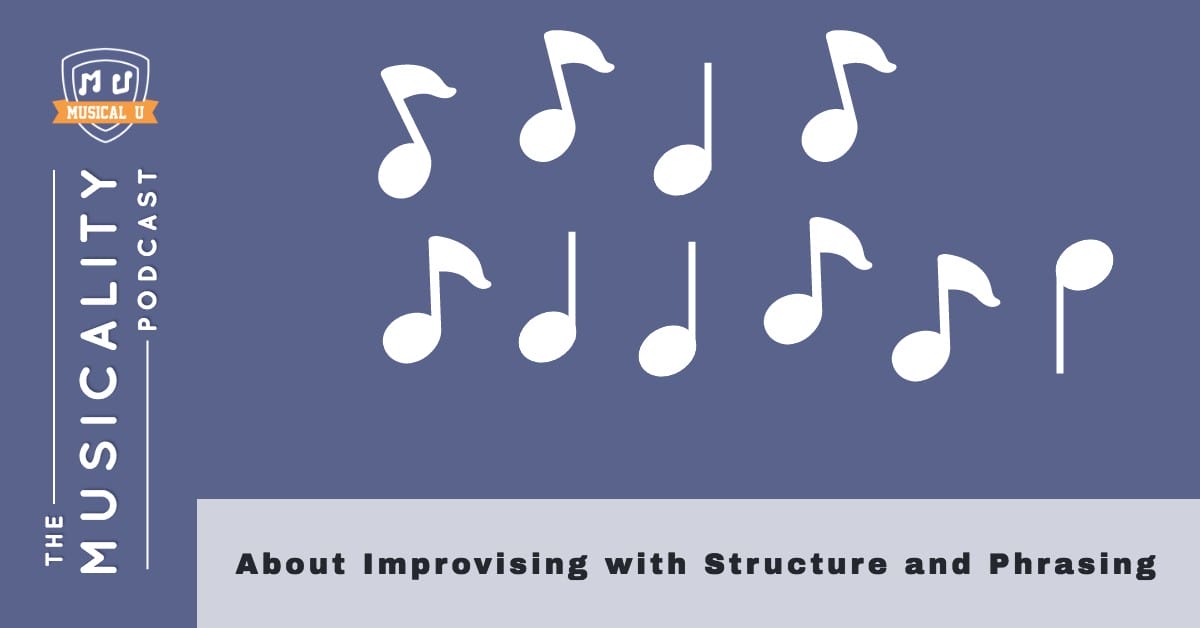 This opens up a world of possibilities: we can think of how one phrase relates to another, how to use them to create tension and release, and most importantly, how to use these concepts to bring your music to life.
This opens up a world of possibilities: we can think of how one phrase relates to another, how to use them to create tension and release, and most importantly, how to use these concepts to bring your music to life.
We talked about the importance of phrasing when you are improvising music. Phrasing can really make the difference in your improvisation being memorable and catchy, or just a collection of notes. Mika Tyyskä takes us through a simple melody, with an approach to phrase building that works almost everywhere.
No matter what style of music you prefer, we all want our improvisation to be musical. After all… isn’t that why we started playing in the first place? Harmony Music Center shares some quick tips that will change the way you approach improv.
It’s no secret that the Musical U team are big fans of podcasts. So, when we found an episode from Tune In, Tone Up that explored adding interest to improvisation through phrasing, we couldn’t wait to share it!
A Musical Statement
As you’ve probably realized, chords, scales, and notes themselves are like sentence fragments and singular words – small components of a meaningful whole.
By shaping, expanding on, and combining your licks, riffs, and melodies in the right ways, you can create complete musical statements that are more than the sum of their parts – that will engage the listener and tell a story.
Stay tuned for the last week of Improv Month, where we impart some final nuggets of wisdom about how to approach learning improv, and round up some experts’ favourite instances of improvisation, and why they work.

